July 1, 2024
Fleet Street is one of the oldest streets in London. It was established in the time of the Romans as an important thoroughfare route. By the Middle Ages, it had begun to thrive, with senior clergy locating their palaces there.
Fleet Street was also known for its general culture of debauchery, as it was the home to a slew of taverns and brothels, many of which were documented as early as the 14th century.
Dr. Johnson’s House
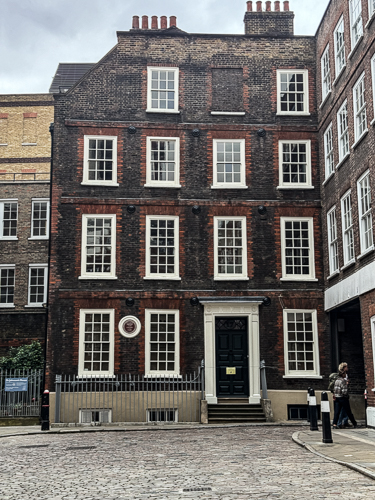
Dr. Samuel Johnson was an English poet, playwright, essayist, moralist, literary critic, sermonist, biographer, editor, and lexicographer. He is also the father of A Dictionary of The English Language.
The house was built at the end of the 17th century by wool merchant Richard Gough.
Johnson lived and worked in the house from 1748 to 1759, paying a rent of £30, as he compiled A Dictionary of the English Language. In the 19th century, it was used as a hotel, a print shop, and a storehouse. In 1911, it was purchased by newspaper magnate and politician Cecil Harmsworth, who later commented: “At the time of my purchase of the house in April 1911, it presented every appearance of squalor and decay … It is doubtful whether in the whole of London there existed a more forlorn or dilapidated tenement”. He restored the house with the help of architect Alfred Burr and opened it to the public in 1914. It is now a museum featuring Dr. Johnson’s work.
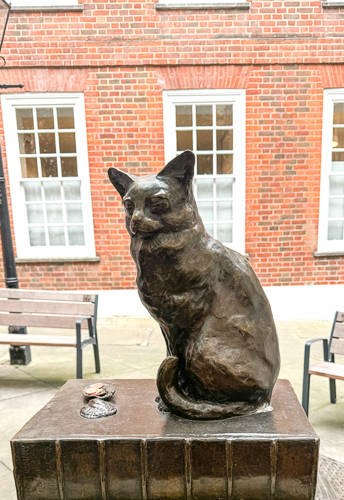
This is Hodge, Dr. Johnson’s cat. Hodge was immortalized in a whimsical passage in James Boswell’s 1791 book Life of Johnson. Dr. Johnson was extremely fond of his cat and spoiled Hodge rotten. He fed him oysters that, at the time, were considered peasant food. He did not send the servants to buy the oysters, knowing it would insult them, so he went himself to purchase Hodges’ daily ration of oysters. The statue shows Hodge sitting next to a pair of empty oyster shells atop a copy of Johnson’s dictionary, with the inscription “a very fine cat indeed.”
*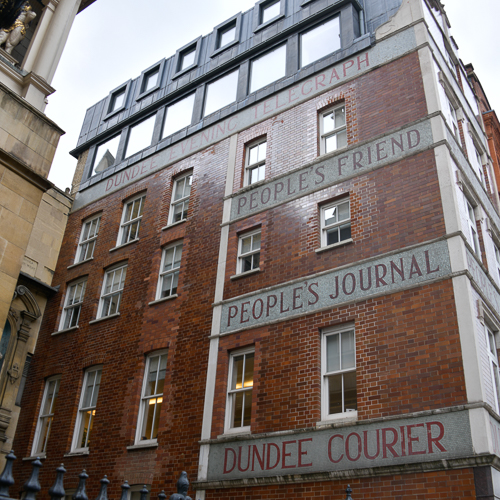
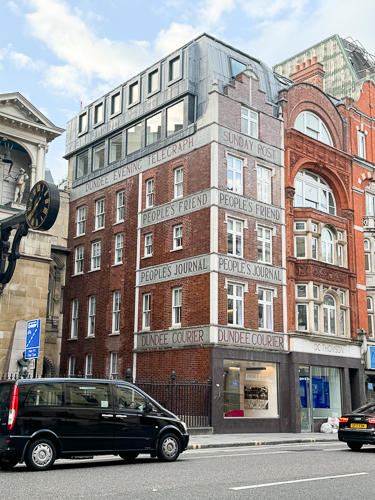
The DC Thomson building
The Dundee Advertiser and Northern Echo operated out of this building in the 1880s and boasted of direct connection to their head offices via ‘special telegraph wire’ from the site in the publishing trade press. In the following decade, The People’s Journal and People’s Friend moved in.
Fleet Street’s publishing and printing tradition began at the beginning of the 16th century. By the 20th century, most national newspapers in Britain operated here. The newspaper trade continued to dominate until the 1980s when Rupert Murdoch moved The Times and The Sun to Wapping, East London, to escape the influence of the powerful print unions. Most other papers followed suit.
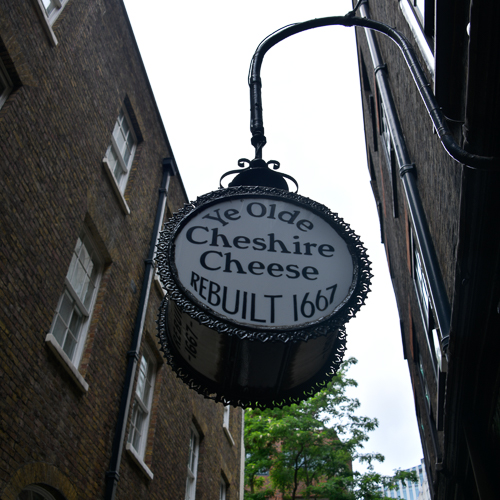
Ye Olde Cheshire Cheese is among the oldest pubs in London. Though destroyed and rebuilt after the Great Fire of 1666, a tavern has stood in the same spot for over five centuries
Playwright Ben Johnson, poet and pamphleteer John Milton, and authors Mark Twain, Alfred Tennyson, P.G. Wodehouse, and Sir Arthur Conan Doyle were all regulars at Ye Olde Cheshire Cheese.
In the alley that leads to Ye Olde Cheshire Cheese is the Wine Court.
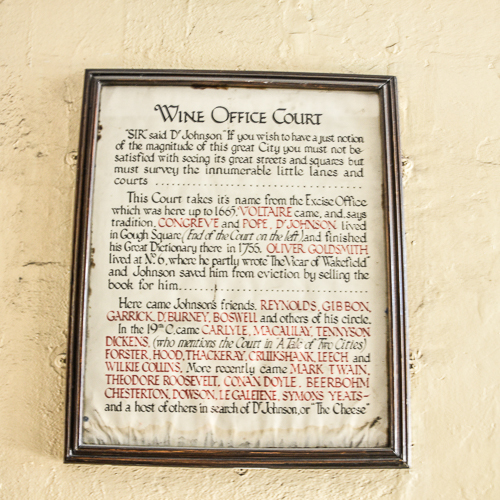
Wine Office Court
“Sir” said Dr Johnson “if you wish to have a just notion of the magnitude of this great City you must not be satisfied with seeing its great streets and squares but must survey the innumerable little lames and courts.”
This Court takes its name from the Excise Office which was here up to 1665. Voltaire came and, says tradition, Congreve and Pope, Dr Johnson lived in Gough Square (end of the Court on the left), and finished his Great Dictionary there in 1755. Oliver Goldsmith lived at No.6 where he wrote “The Vicar of Wakefield” and Johnson saved him from eviction by selling the book for him.
Here came Johnson’s friends, Reynolds, Gibbon, Garrick, Dr Burney, Boswell and others of his circle.
In the 19th C. Came Carlyle, MacAulay, Tennyson, Dickens, (who mentions the Court in “A Tale of Two Cities”) Forster, Hood, Thackeray, Cruikshank, Leech and Wilkie Collins. More recently came Mark Twain, Theodore Roosevelt, Conan Doyle, Beerbohm, Chesterton, Dowson, Le Gallienne, Symons, Yeats – and a host of others in search of Dr Johnson, or “The Cheese”.
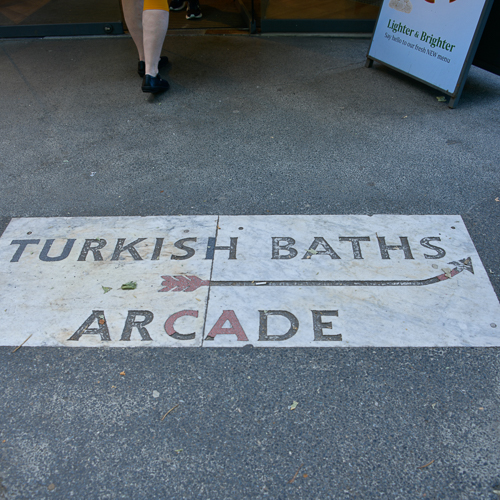
A random sign found on Fleet Street